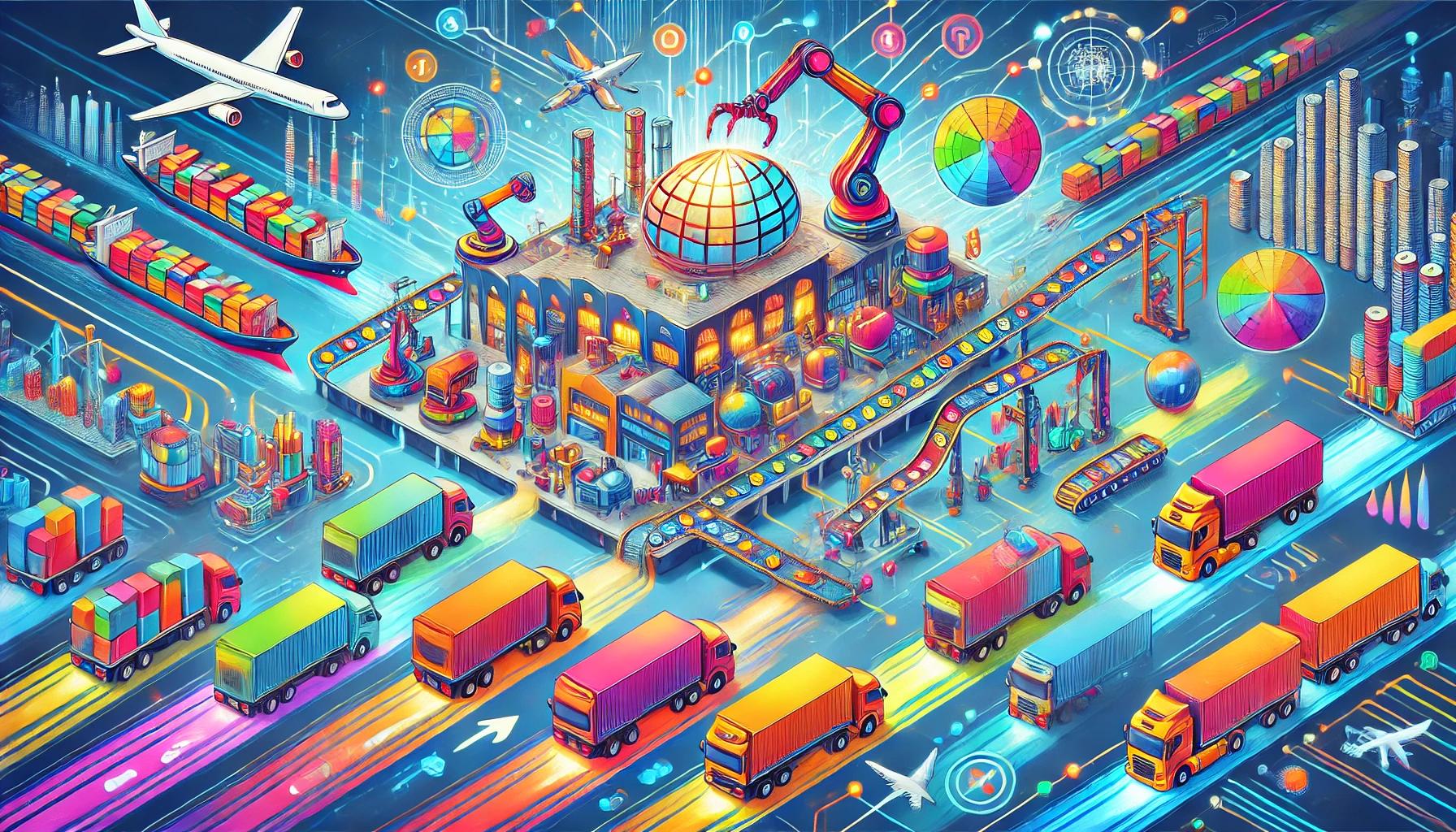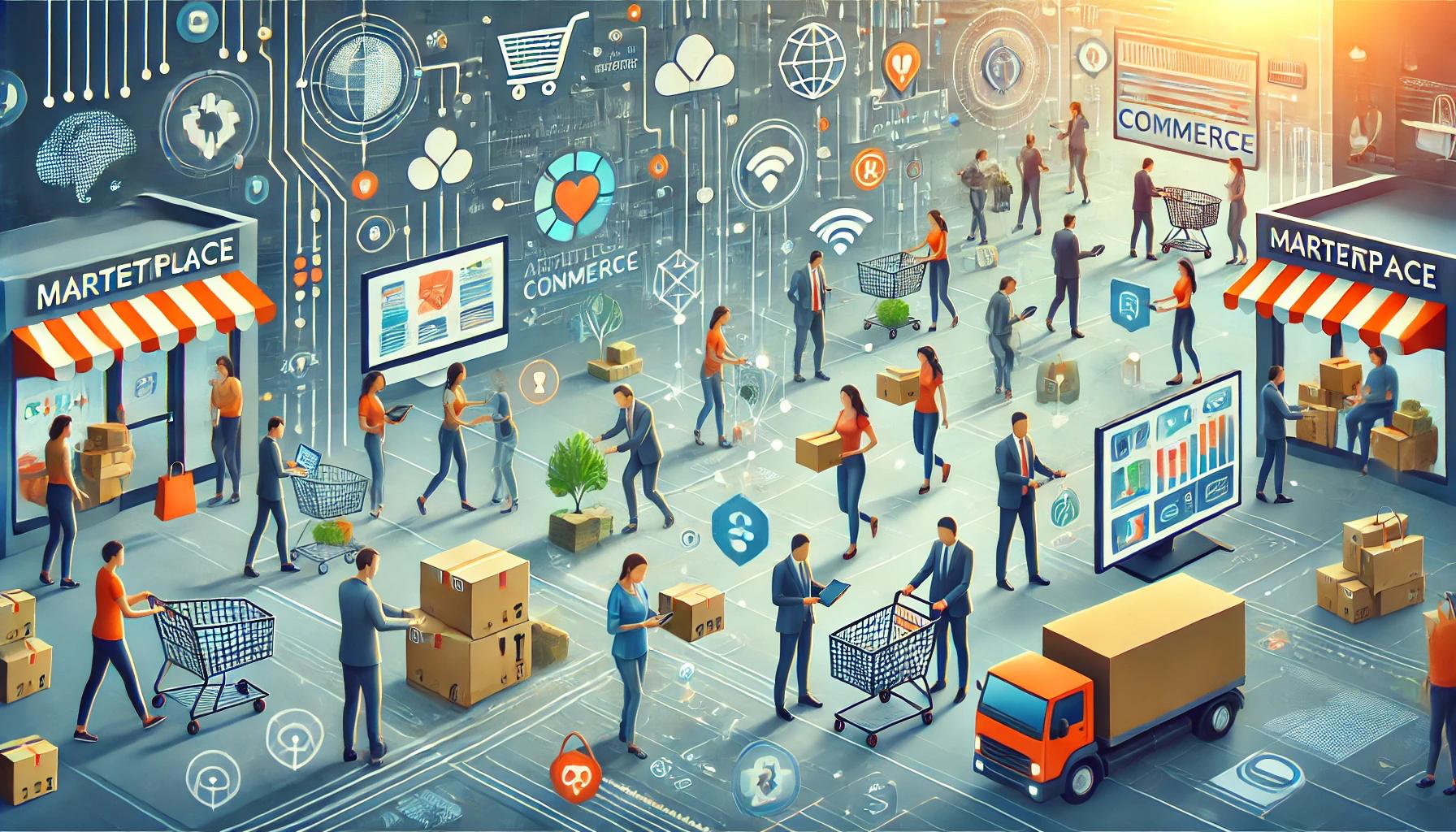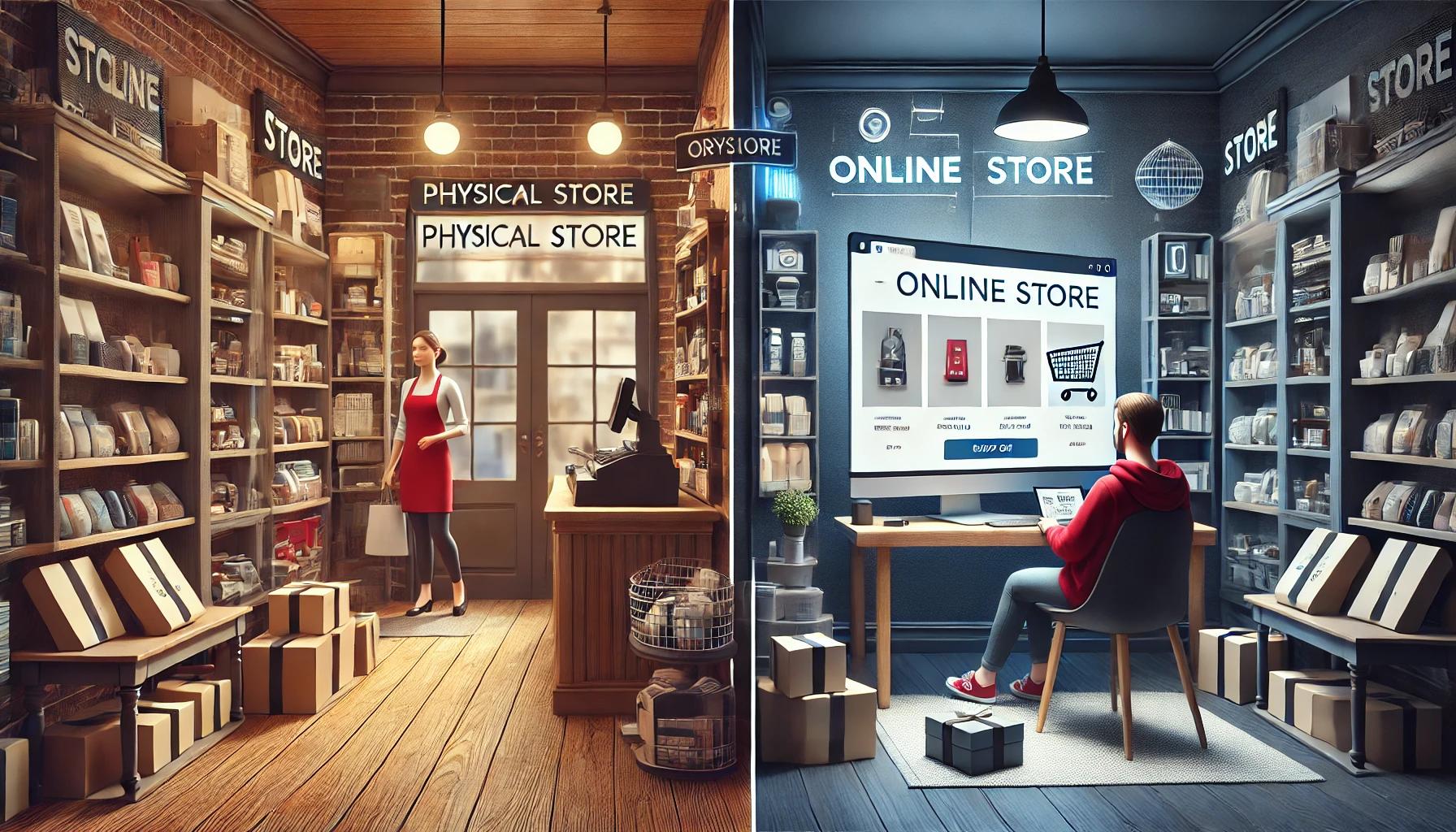Inventory Management: Optimization Methods and the Importance of Proper Stock Control
Inventory management is one of the key functions in business, directly impacting efficiency, profitability, and sustainability. Whether you’re running a small business or managing a global corporation, mastering inventory control not only reduces costs but also boosts revenue, prevents stockouts, and minimizes storage expenses.
The Importance of Inventory Management
Effective inventory management enhances all aspects of business operations. Here’s why it’s crucial:
Reducing storage costs. By minimizing excess inventory, companies can save on warehouse space and logistics. Storing large volumes of stock often leads to frozen capital and increased warehouse expenses, including facility rentals, energy costs, and labor fees.
Avoiding stockouts. If inventory isn’t replenished on time, stock shortages can occur, negatively impacting customer satisfaction and resulting in lost sales. A Harvard Business Review study shows that customers often turn to competitors when a company cannot ensure product availability.
Optimizing supply chain operations. Efficient inventory control helps maintain smooth supply chain operations, minimizing production and logistics delays. This is especially relevant in times of global supply chain disruptions and instability.
Inventory Optimization Methods
ABC Analysis
One of the most popular inventory management methods is ABC analysis, which is based on the Pareto principle. It categorizes inventory into three groups:- A: The most expensive and important items, accounting for 20% of stock but generating 80% of revenue.
- B: Medium-importance items, representing about 30% of inventory.
- C: The least important items, making up 50% of inventory but contributing only 10% to revenue.
This method allows businesses to focus on managing the most valuable items while optimizing less critical stock.
Just-in-Time (JIT)
The Just-in-Time (JIT) method aims to minimize inventory by reducing the time between receiving goods and using them. It is widely used by companies like Toyota, significantly cutting down on storage costs. However, JIT requires highly efficient supply chains since even small delays can disrupt production.Economic Order Quantity (EOQ)
EOQ is an optimization method that calculates the ideal order quantity to minimize the total cost of holding and ordering stock. This method helps balance the need for frequent replenishment with avoiding excess stock in the warehouse. The EOQ formula is used by many large companies to plan purchases and manage their supply chains.Safety Stock
Safety stock refers to extra inventory kept on hand to protect against unforeseen circumstances, such as supply chain disruptions or sudden spikes in demand. This method is especially useful for businesses operating in unpredictable markets or with long lead times.Dropshipping
Dropshipping is a model where the responsibility for storing and shipping products is passed to a third party. This method allows businesses to avoid the costs of maintaining inventory but requires careful oversight of supplier quality and delivery timelines.
Technology in Inventory Management
Modern inventory management systems utilize artificial intelligence (AI) and machine learning (ML) to forecast demand and optimize stock levels in real time. Software solutions like SAP and Oracle NetSuite help companies integrate inventory control with other business operations, ensuring smooth supply chain management.
According to a McKinsey study, companies that implemented automated inventory management systems reduced their warehouse costs by 20-30% and improved demand forecasting accuracy by 10-15%.
Conclusion
Proper inventory management is a key success factor in any trade. Methods such as ABC analysis, JIT, and EOQ not only reduce costs but also enhance business flexibility. In the face of global competition and supply chain instability, companies must invest in technology and refine their processes to remain competitive and meet customer demands.
Sources:
- Harvard Business Review — "Inventory Management: Best Practices for Today’s Global Marketplace"
- McKinsey & Company — "How to Master Supply Chain Inventory"
- Investopedia — "ABC Inventory Analysis"
- Toyota Production System — "Just-in-Time Manufacturing"
- Oracle NetSuite — "The Benefits of EOQ in Inventory Management"
- SAP — "How AI is Revolutionizing Inventory Management"
- McKinsey — "Optimizing the Future of Inventory Management with AI"









.jpeg)